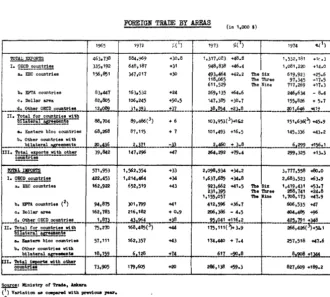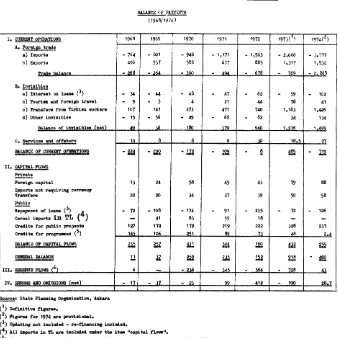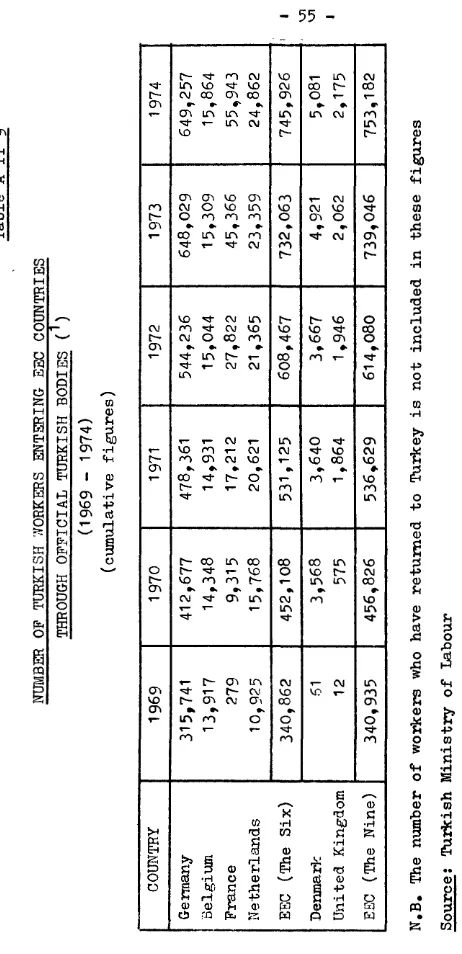Association between the European Economic Community and Turkey. Tenth annual report of the Association Council to the Parliamentary Committee of the Association (1 January to 31 December 1974)
Full text
Figure
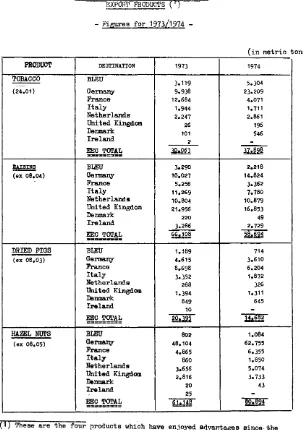
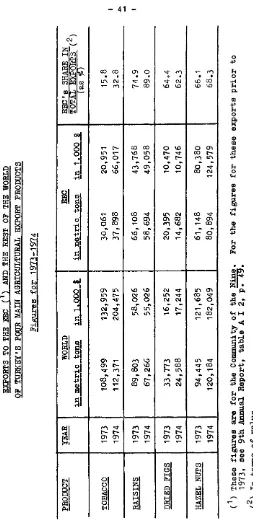


Related documents
It was decided that with the presence of such significant red flag signs that she should undergo advanced imaging, in this case an MRI, that revealed an underlying malignancy, which
In Afghanistan, this is a qualification through either the Institute of Health Sciences or the Community Midwifery Education programme.. Skilled
The following data extraction criteria were used: preoperative corrected distance visual acuity (CDVA) 20/20 or better in each eye; preoperative ametropia with patient dependent on
This affects (reduces) the adiabatic flame temperature. Higher heat of vaporization, particularly for ethanol. Thus, larger amount of heat is needed to evaporate
In response to the increasing malnutrition levels and decreased purchasing power of the drought affected households, nutrition sensitive activities such as, vegetable and
For the group of firms with expected SEOs, larger firms experienced a significant lower negative abnormal return on both the expectation- and announcement date.. This coincides
effect of government spending on infrastructure, human resources, and routine expenditures and trade openness on economic growth where the types of government spending are

